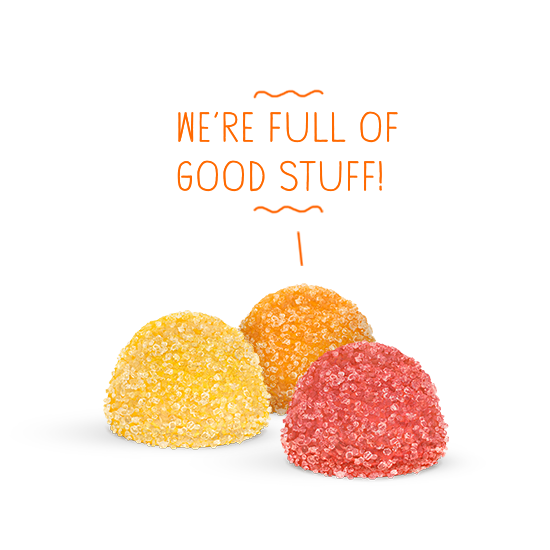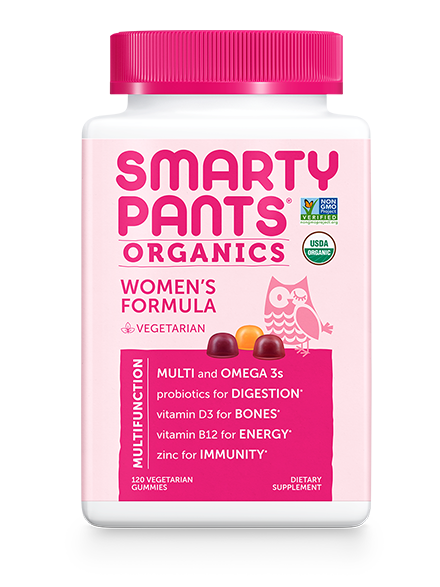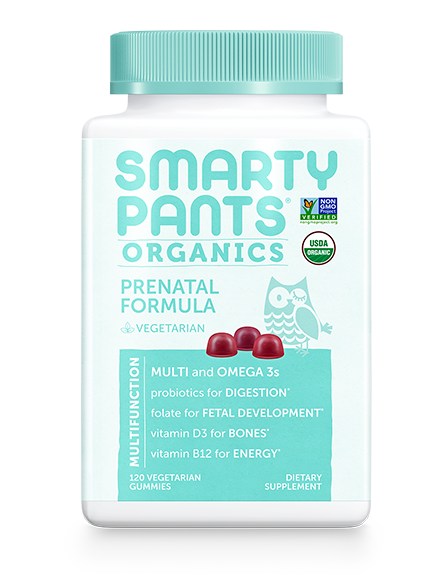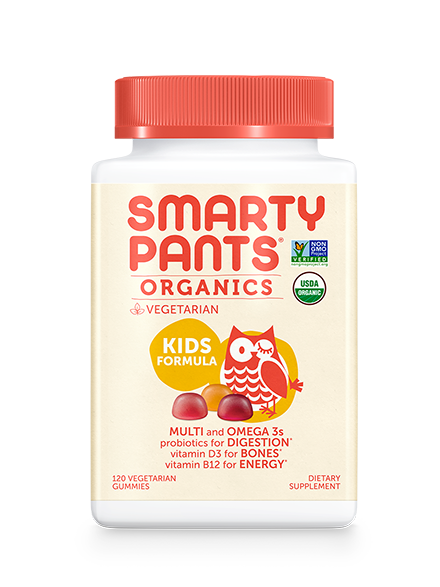- http://www.who.int/nutrition/publications/VMNIS_Iodine_deficiency_in_Europe.pdf
OUR NUTRIENT GUIDE
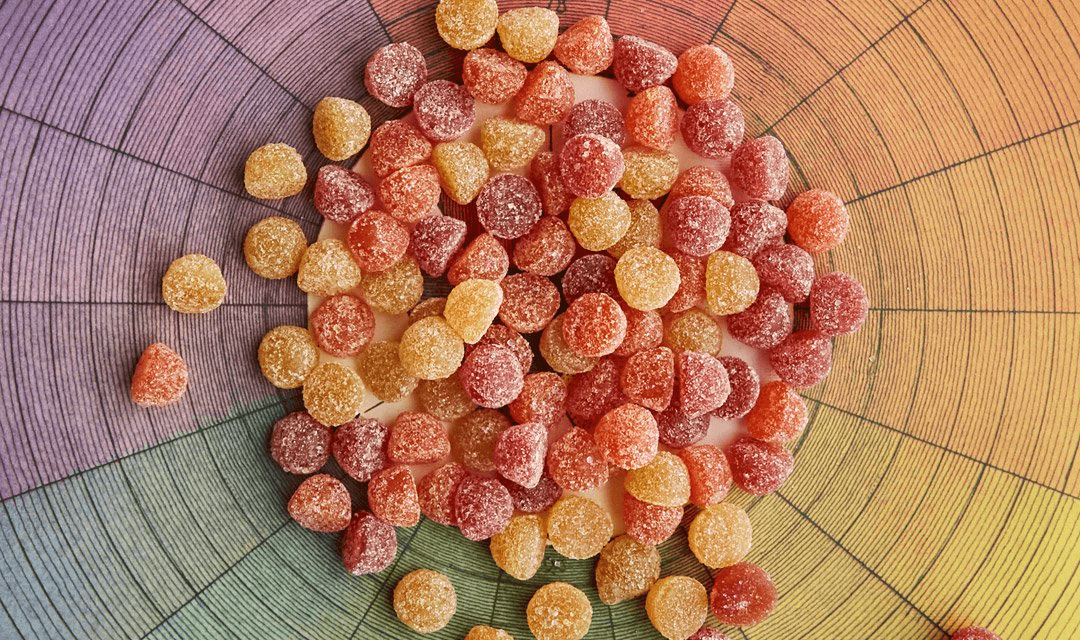
Our Star Nutrients
Iodine
Your metabolism's BFF
How much do I need?
Below are the current Dietary Reference Intakes (DRIs) established by the Health and Medicine Division of the National Academy of Sciences (formerly known as the Institute of Medicine).
- Infants 0 - 6 months - 110 mcg
- Infants 7 - 12 months - 130 mcg
- Children 1 - 3 years - 90 mcg
- Children 4 - 8 years - 90 mcg
- Boys and Girls 9 - 13 years - 120 mcg
- Teenagers 14 - 18 - 150 mcg
- Men and Women 18+ - 150 mcg
- Pregnant Women 14 - 50 years - 220 mcg
- While Breastfeeding 14 - 50 years - 290 mcg
Why we include it
Outright iodine deficiency is fairly rare in the United States, but some studies suggest that iodine intakes have declined1. This could be because many people have reduced their intake of iodized table salt and switched to sea salt, which is healthier, but not a significant source of iodine.
You can also get iodine from seaweed, seafood, dairy products, grain products, and eggs. This might sound like a lot of options, but seaweed isn’t exactly a dietary staple for most, and, these days, many people are going grain-free or vegan.
Where can I get it?
- ¼ oz dried seaweed – 4,500 mcg
- 4 oz cranberries – 400 mcg
- 1 cup yogurt – 154 mcg
- 100g lobster – 100 mcg
- 3 oz cod – 99mcg
- 3 oz oily fish – 50 mcg
- 1 cup organic milk – 56 mcg
- 3 oz turkey – 34 mcg
- ½ cup navy beans – 32 mcg
- 1 egg – 20 mcg
We recommend you seek the advice of your pediatrician or primary care provider before making changes to you or your child’s nutrient intake.
* These statements have not been evaluated by the Food and Drug Administration. This product is not intended to diagnose, treat, cure, or prevent any disease.
